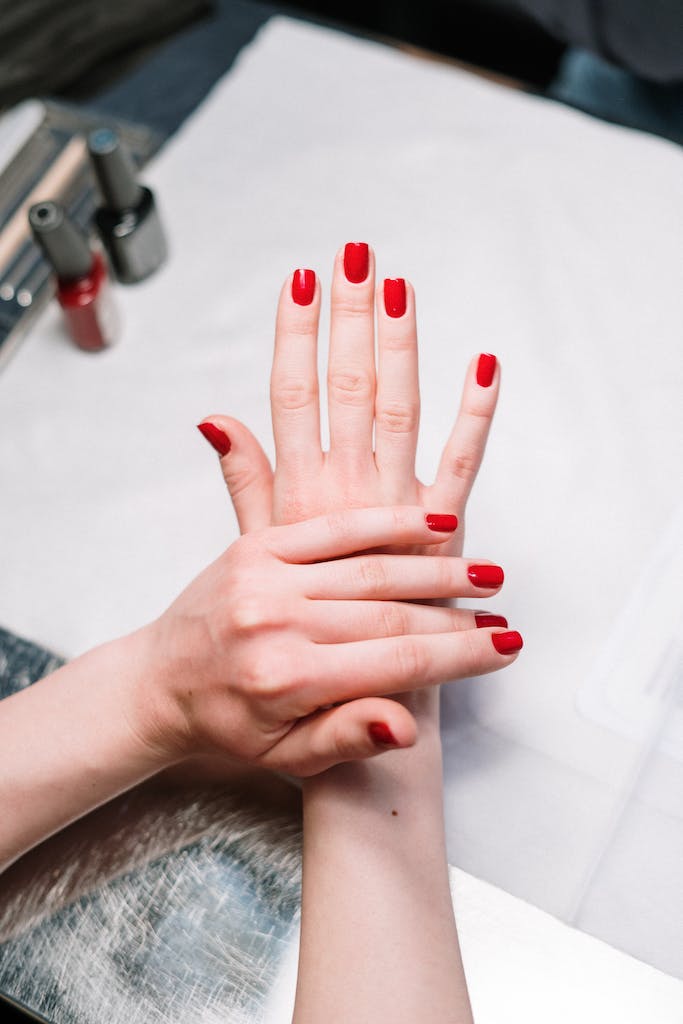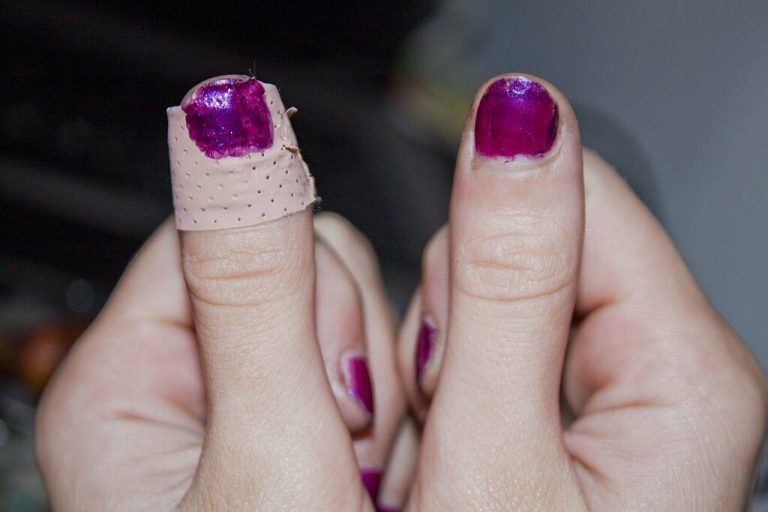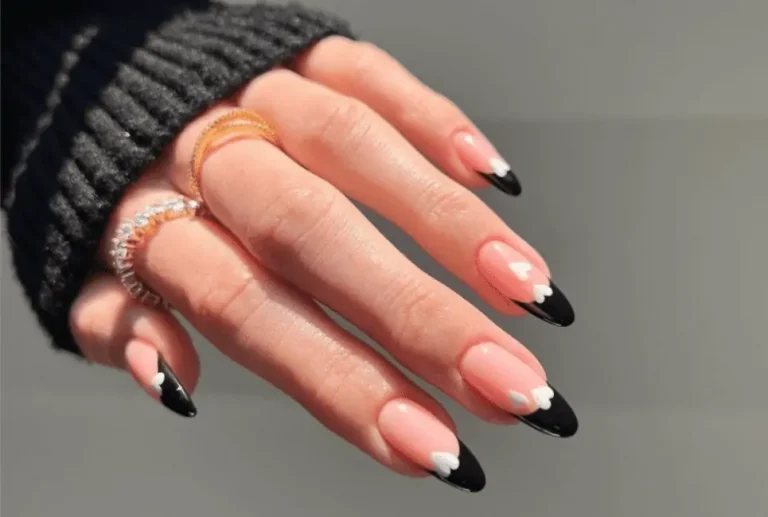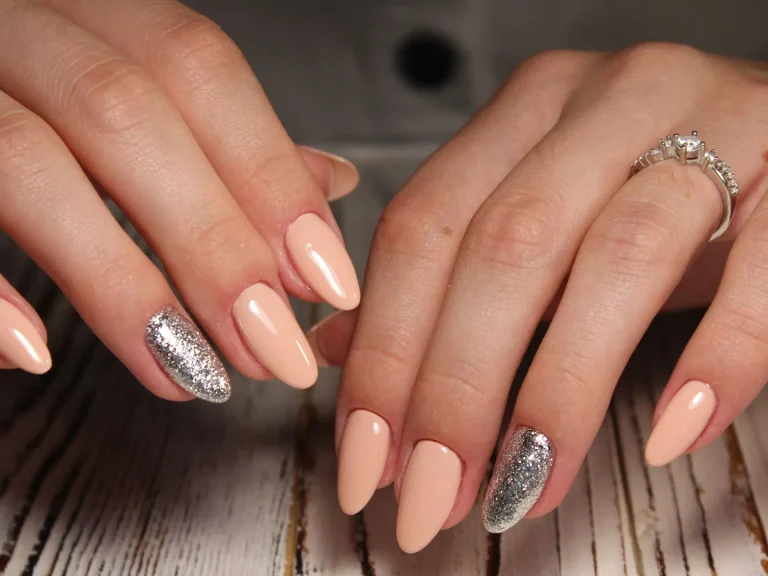Can you get a pedicure if you have toenail fungus?
Toenail fungus, also known as onychomycosis, is a common condition that affects millions of people. It occurs when fungi overgrow under and on the toenail, causing discoloration, thickening, irritation, and discomfort.
Many people with toenail fungus avoid pedicures out of uncertainty over whether it is safe or allowed to get one with this condition. This blog post covers everything you need to know about getting pedicures with toenail fungus.
What Exactly is Toenail Fungus?
Contents
- What Exactly is Toenail Fungus?
- Can You Get a Pedicure if You Have Toenail Fungus?
- Can the Nail Salon Refuse Service?
- Does the UV Nail Dryer Kill Fungus?
- Can Toenail Fungus Spread at Pedicures?
- Can You Get a Pedicure With Acrylics or Dip Powder On Infected Toenails?
- What About Paraffin Wax Treatments?
- Can Toenail Fungus Go Away on Its Own?
- When Can You Get Pedicures Again After Toenail Fungus Treatment?
- Can Toenail Fungus Go Away Then Come Back?
- Conclusion
Toenail fungus refers to a fungal infection occurring under or on top of the toenail. The most common causes are dermatophyte fungi such as Trichophyton rubrum and Trichophyton mentagrophytes. Yeasts and molds can also cause fungal nail infections.
The fungi thrive in warm, moist environments like showers, pools, and inside shoes. As they multiply, they cause the nail to become discolored, thickened, brittle, or distorted. Debris may collect under the nail, and there is often an unpleasant odor. The surrounding skin may be itchy or painful.
If left untreated, the infection can spread to other toenails or fingernails. It won’t heal without antifungal treatment.
Can You Get a Pedicure if You Have Toenail Fungus?
The short answer is yes; you can still get a pedicure if you have toenail fungus. However, there are a few caveats you should keep in mind to ensure you do not worsen the condition or spread it to others:
Inform the technician. Before your service begins, discreetly notify your nail tech that you have a fungal toenail infection. This allows them to take precautions against cross-contamination.
Bring your own tools. It is best to bring and use your nail files, clippers, callus removers, and other metal tools instead of the salons. Supply them in a sealed bag labeled with your name.
Skip extras. Stick to a basic pedicure without extras like paraffin dips or scrubs, which can trap moisture and exacerbate infections.
Do not soak your feet. Avoid foot baths and instead ask for a wipe-down. Prolonged water exposure encourages fungal growth.
Dry fastidiously. Have the technician dry your feet thoroughly after cleaning them. Make sure to dry carefully at home after showering too.
Disinfect salon tools. Ensure tools are properly cleaned and disinfected between clients. Ultrasonic cleaners work best.
Consider medication. If you are actively treating the infection, time the pedicure accordingly. For example, if using topical creams, get a pedicure just before reapplication.
Book early/late appointments. Schedule the first appointment of the day or after a sanitization break to minimize contamination.
Can the Nail Salon Refuse Service?
Yes, some salons may refuse service to clients with contagious infections like toenail fungus. This policy helps protect technicians and other customers from transmission risk.
However, many salons will still provide pedicures to clients with fungal infections, given they follow the proper precautions mentioned earlier. Calling ahead about their policy is wise. When reserving a pedicure, inform them of the condition so they can take suitable measures.
If a salon denies service, do not take offense. Simply call other establishments until you find one that is comfortable performing the service. Alternatively, consider an at-home pedicure instead.
Does the UV Nail Dryer Kill Fungus?
No, UV nail dryers do not kill nail fungus or disinfect tools. They purely dry and set nail polish, gel, and dip powders via ultraviolet light. Germicidal UV light works to sanitize surfaces, but typical nail UV lamps don’t emit the correct wavelengths.
Any claims that a UV dryer kills 99% of germs refer to dust particles in the air, not fungal spores on feet or tools. Rely on proper cleaning methods instead of UV to prevent fungus spread at the nail salon.
Can Toenail Fungus Spread at Pedicures?
Yes, it is possible to pick up a fungal toenail infection from pedicure equipment, foot baths, and tools that have not been properly disinfected. Fungal spores thrive in the warm, damp environment foot spas provide.
To avoid transmission:
- Ensure the salon uses an EPA-registered disinfectant and follows contact time guidance.
- Request tools only be used on you and then disinfected.
- Examine foot tubs closely and avoid any with murky water or buildup.
- Don’t shave calluses during pedicures, as it can cause tiny nicks for fungus to enter.
- Wear shower shoes in public showers and pool areas.
Do you see something concerning? Consider reporting issues to your local health department.

Can You Get a Pedicure With Acrylics or Dip Powder On Infected Toenails?
Getting acrylic nails, dip powder enhancements, or nail art applied over infected toenails is not recommended. These extras can seal in moisture and allow the fungus to thrive unseen under the polish.
However, pedicures that simply trim, file, clean, and polish natural nails are fine and won’t typically exacerbate fungal nail problems. Just take the precautions outlined earlier regarding sterilization, drying properly, skipping foot baths, and using your own tools when possible.
What About Paraffin Wax Treatments?
Paraffin wax foot treatments involve dipping feet into heated wax for moisturizing benefits. However, the wax’s warmth and moisture are the perfect environment for encouraging fungal growth. It also makes inspection of nail health impossible during the service.
For these reasons, it’s best to avoid paraffin treatments if you currently have an active fungal infection. Save them until after successful fungus treatment instead.
If you insist on wax treatments despite an infection, be extremely diligent about drying thoroughly afterward to prevent exacerbating the problem. Also, consider asking the technician to avoid dipping the infected toenail(s) into the wax.
Can Toenail Fungus Go Away on Its Own?
No, fungal infections will not disappear without treatment. The fungi will continue growing and thriving as time goes on. What begin as small white or yellow dots often progress to extensive discoloration, thick nail beds, debris accumulation, infection of the cuticle area, odor, and even nail loss.
Over-the-counter topical ointments have relatively low success rates. Oral prescription medications and laser therapies offer better chances for complete fungal elimination.
Seeing a podiatrist experienced in treating nail fungus is wise for proper diagnosis and deciding on the best treatment plan based on severity. Catching and treating cases early leads to quicker resolutions as well.
When Can You Get Pedicures Again After Toenail Fungus Treatment?
Once finishing an antifungal regimen, either topical or oral, make sure fungi are fully cleared from nails and surrounding skin before returning for pedicures. Keep treating and allowing regrowth until no visible infection remains.
To err on the side of caution, continue using antifungals for 2 weeks after full nail clarity is regained. After that point, periodic pedicures to maintain pretty, healthy toenails are perfectly fine as long as you heed the standard precautions regarding salon disinfection and foot drying.
Do not hesitate to tell technicians about recently resolved infections so they can take suitable measures on their end as well. Be vigilant about monitoring nail health following pedicures, too. Any signs of recurring infections may necessitate holding off on salon foot soaks again until it is back under control.
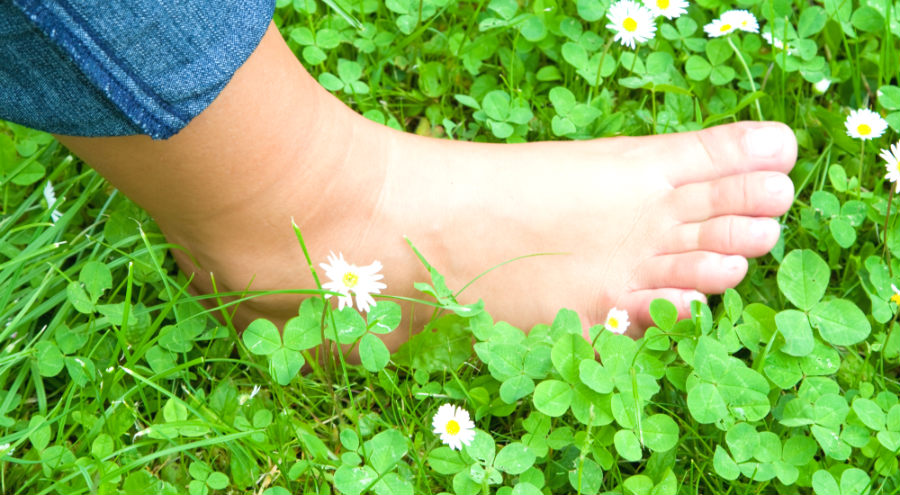
Can Toenail Fungus Go Away Then Come Back?
Fungal nail infections can go away for some time after treatment but then return. Typically, this occurs when:
- The initial infection was not eliminated.
- You become reinfected via contact with contaminated surfaces.
- Another fungus develops unrelated to the initial one.
- An underlying condition like diabetes or impaired immune function allows recurrence.
To lower recurrence risk:
- Wear shower shoes in public changing areas
- Replace insoles regularly
- Disinfect home pedicure tools between uses
- Treat athlete’s foot if present
- Improve diabetes control if applicable
- Fix issues causing peripheral vascular, nerve, or skin problems in feet
Catching reinfection early makes re-treating easier. Seek medical advice about alternative therapies if certain antifungals have failed previously. Stay diligent about foot hygiene and drying to prevent fungus from gaining hold again
Conclusion
While risky for worsening and spreading infections, you can safely get salon pedicures with fungal toenail infections through proper precautions. Inform technicians beforehand, and call salons to inquire about policies. Use your own sterilized tools whenever possible, skip extras like paraffin baths, and maintain immaculate foot hygiene before and after appointments.
With staff awareness and diligent drying, pedicures can help you maintain pretty feet while managing toenail fungus. But avoid enhancements and nail art application over infected nails, which can seal in moisture.
During and after treatment, remain vigilant about preventing reinfection via contaminated surfaces. And see a podiatrist to discover the best medical therapies for your situation. With persistence and care, you can conquer fungi for good.

Founded by Sophia Rodriguez, IGXO Cosmetics is a PETA-certified, cruelty-free, and vegan makeup brand.
